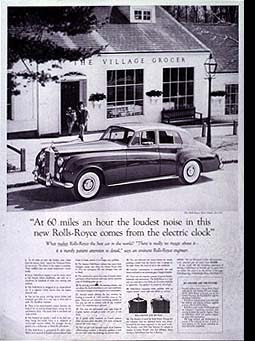I wanted to share one of the underused techniques and tools that, if used with discipline and enthusiasm, can help you build your brand without actually changing anything!
It is one of my “top tips” for marketers.
It is based on an observation that there is a constant drive these days for new products. The mantra is all about the need for “innovation, innovation, innovation”. Marketing teams are under a constant pressure to identify new products and extensions. However, the rate of failure of new products and extensions is staggeringly high and, depending on sources, as many as 9 out of 10 new products and extensions fail in the marketplace.
New products are a lot of work, cost a lot of time and resources. They are a huge risk. Of course they are important, but are not the only approach and thing brand building marketers need to look at.
The issue is that too many see “innovation” as being only about new products and product changes. However, all too often we ignore the fact that new claims, benefits and stories can be as big and offer much less risk and effort.
Hence over the years my challenge to marketing teams I work with has been to interrogate your formulations/ product. You may be surprised at what you find.
Constantly sit down with people who know the formulations and product inside out and together challenge what you have. Ask questions like:
- Find out how they are put together
- What story or claim you could make.
- Ask what clinicals or other documents that have been done.
- Keep asking what can we say?
- What can this do?
- How is this different from our competition?
In David Ogilivy’s book “Ogilvy on Advertising” he talks about how the line in one of his most famous print ads for Rolls Royce (even at 60 miles an hour all you can hear is the clock ticking) came from one of the technical manuals he had read. He used to try and get close to the engineers, the formulators and people close to the detail of the products he advertised to find the news, the nuggets and surprising angles.
One of the most successful examples of this in my career was for Johnsons Baby Oil. A product that when I took it on was told that it was basically mineral oil and fragrance and would eventually die as a product. It had been used for tanning, which people realized it was not advised ands it’s relevance and future looked numbered. We did the interrogation, and our regulatory leader suggest we look at an old clinical which said that “when used on wet skin baby oil seals in up to 10x more moisture than lotions and creams when used on dry skin“.
This somewhat clumsy sounding sentence we used, and dramatically grew the business. And I mean dramatically. Bigger than any new product we launched for years to come. This shows that innovation and new-ness does not just have to come from a new product. It can be a new claim, a new way to use a product – if fact anything that is NEW to a consumer is NEW.
So your fairly generic product could be harboring a fortune in untapped sales and share if you interrogate it.
Do you have any other examples? Please leave comment on the posting
Below is not the original ad, but a more recent example showing how the claim is still used years later




